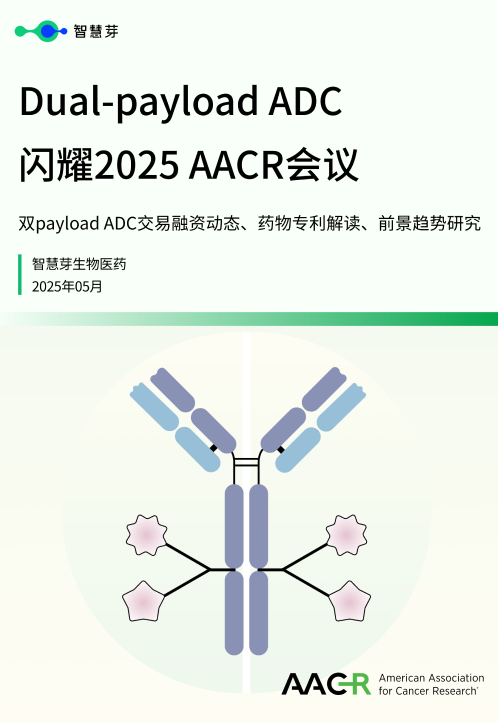预约演示
Next-generation treatments hitch a ride into cancer cells
2024-04-15
寡核苷酸
Researchers found that a new activator called L687 induces cancer cells to accept delivery of antisense oligonucleotide (ASO) drugs. These drugs can treat cancer by blocking the transfer of messages from genes that encourage cancer growth. Previous methods to deliver ASOs into cells had only limited success. This research will help accelerate the development and delivery of novel ASO cancer therapies.
Antisense oligonucleotides (ASOs) are next-generation drugs that can treat disease by blocking the transfer of harmful messages from our genes. In people with cancer, ASOs have the potential to block messages that encourage the growth and spread of the tumor. However, ASOs aren't used for treating cancer yet. They must first get delivered inside cancer cells, but the cancer cells won't let them in.
Finding an effective ASO delivery system is a major challenge. Cancer cells have gatekeeper molecules that stop unwanted substances from entering. Although investigators have tried many ways of getting ASOs past the gatekeepers, success has been limited.
Now, in a study recently published in the journal Nucleic Acids Research, researchers from Osaka University have discovered a way to deliver ASOs to their targets inside cancer cells. The team synthesized a new compound, named L687, which opens specific calcium permeable channels on the surface of cancer cells. When the calcium flows into cells through the open channels it tells the cells to let in the ASOs.
"We discovered that we could selectively activate the TRPC3/C6 calcium permeable channels1) with the activator L687," explains lead author Hiroto Kohashi. "We then found that combination treatment with L687 and ASO promoted efficient uptake of ASO into cancer cells during laboratory tests and tumor cells inside the mouse. As a result, target gene activity was suppressed and ASO efficacy was enhanced."
Until now, ASOs have mainly been used to treat incurable diseases and had to be delivered into the liver or spinal fluid. According to the Osaka team's research, L687 is an effective drug delivery system that may extend the benefits of ASO treatment to other parts of the body.
"We hope that the results of our research will lead to significant progress in the development and delivery of ASOs and similar gene-targeting drugs for treating cancer," says senior author Masahito Shimojo.
The team believes that L687 could be a particularly effective way of delivering ASO therapy to lung or prostate cancers. These cancers have many TRPC3/C6 calcium permeable channels1) that can be opened by L687, potentially revealing new targets for these next-generation therapies.
1) TRPC3/C6 channels belong to a Transient Receptor Potential Canonical (TRPC) Channel subfamily of a TRP channel superfamily.
更多内容,请访问原始网站
文中所述内容并不反映新药情报库及其所属公司任何意见及观点,如有版权侵扰或错误之处,请及时联系我们,我们会在24小时内配合处理。
适应症
靶点
-药物
Eureka LS:
全新生物医药AI Agent 覆盖科研全链路,让突破性发现快人一步
立即开始免费试用!
智慧芽新药情报库是智慧芽专为生命科学人士构建的基于AI的创新药情报平台,助您全方位提升您的研发与决策效率。
立即开始数据试用!
智慧芽新药库数据也通过智慧芽数据服务平台,以API或者数据包形式对外开放,助您更加充分利用智慧芽新药情报信息。



